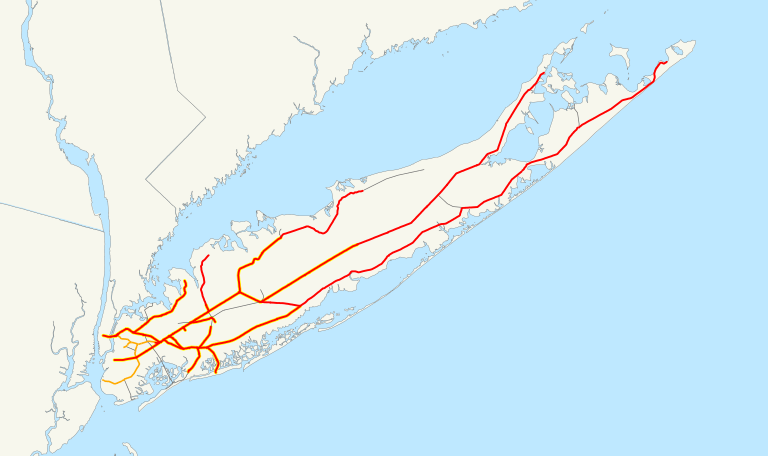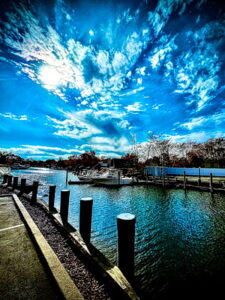
Brooklyn and Queens are two of the five boroughs of New York City and are considered part of Long Island due to their geographical location. While they may not share the same cultural or regional identity as the rest of Long Island, they are situated on the same landmass and subsequently share many geological features.
Tell Me More About This Part of Long Island!
Long Island is an island peninsula that is located in the southeastern part of the state of New York. It stretches eastward from New York City and is bounded by the Atlantic Ocean to the south and Long Island Sound to the north. It is approximately 118 miles long and Island. Although not popularly known, the official term for these two boroughs’ land mass is the “Brooklyn-Queens Peninsula”.
Geological History

Long Island is a glacial moraine, created by the advance and retreat of glaciers during the last Ice Age. It is composed of sedimentary rock, gravel, sand, and clay and is characterized by hills and valleys. The highest point on the peninsula is Cemetery Hill in Brooklyn, which rises 200 feet above sea level.
The geological history of the Brooklyn-Queens Peninsula is closely linked to that of Long Island. The moraine that forms the peninsula was created by the same glaciers that formed the rest of Long Island. As the glaciers advanced, they picked up rocks and debris and deposited them in a long, narrow ridge that now forms the island’s backbone. The glaciers also carved out valleys and created ponds and lakes, many of which still exist today.
One of the most notable features of the peninsula is the network of bays and inlets that surround it. These bodies of water include Jamaica Bay, Flushing Bay, and New York Harbor, and are all connected to the Atlantic Ocean. They provide important habitats for a variety of aquatic species, including fish, shellfish and waterfowl. The bays and inlets also serve as important ports for shipping and transportation.
This location is also connected to the rest of Long Island by the Long Island Rail Road. The railroad runs through both boroughs, connecting them to the eastern end of the island. This connection has played an important role in the development of the area, allowing for easy transportation of goods and people.
We can rule out the Long Island Expressway either. Officially designated as I495, this road begins at the Queens Midtown Tunnel in Manhattan and stretches east to Riverhead.
Recent History
While Brooklyn and Queens may not share the same cultural or regional identity as the rest of Long Island, they do share many similarities in terms of their history and geography. The two boroughs were both part of the Dutch colony of New Netherland, which was established in the 17th century. They were both part of Kings County until 1898 when they were consolidated into New York City.
In terms of geography, Brooklyn and Queens are characterized by their urban landscape, which, as with every major city, has densely populated neighborhoods and high-rise buildings. However, they also have pockets of green space, such as Prospect Park in Brooklyn and Flushing Meadows-Corona Park in Queens.
Summary
In conclusion, Brooklyn and Queens are considered part of Long Island due to their geographical location on the western end of the peninsula. The connection between Brooklyn, Queens, and the rest of Long Island is also strengthened by the Long Island Rail Road, which provides an important transportation link between the two areas.